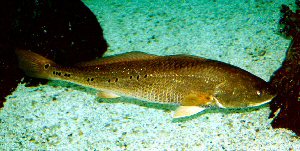Birding/Wildlife: Birding Classic, 1
Monday, February 3rd, 2014This is Passport to Texas
What started 18 years ago as a way for Texas Parks and Wildlife to promote its Coastal Birding Trails and fund conservation projects, the Great Texas Birding Classic has since become one of the country’s premier birding tournaments.
08—The birding classic allows you to test your skills and see how you rank against other birders here, in one of the best birding locations in the world.
Shelly Plante oversees nature tourism for the agency. Once held exclusively along the Texas coast, in 2013 the tournament became statewide.
07—You can now go in your backyard; you can go down the street to your favorite park; you can travel wherever you wanted, and you can do this anywhere.
The Birding classic has an expanded date range.
17—From April 15th through May 15th. You get to pick what day you participate. You can pick that based on the weather, on your team’s schedules –whatever works for you. In the past we designated specific days for a tournament, and everybody had to compete on those specific days regardless of weather.
Register your team for the Great Texas Birding Classic by April 1, and compete April 15 through May 15. There’s more information at birdingclassic.org.
For Texas Parks and Wildlife…I’m Cecilia Nasti.







 Passport to Texas is a
Passport to Texas is a  Passport to Texas is made available by:
Passport to Texas is made available by: